How long for the perfect boiled egg? 32 minutes, scientists say
Switching between hot and cool water will produce the optimal boiled egg balance between a firm white and creamy yolk – for those who can be bothered.
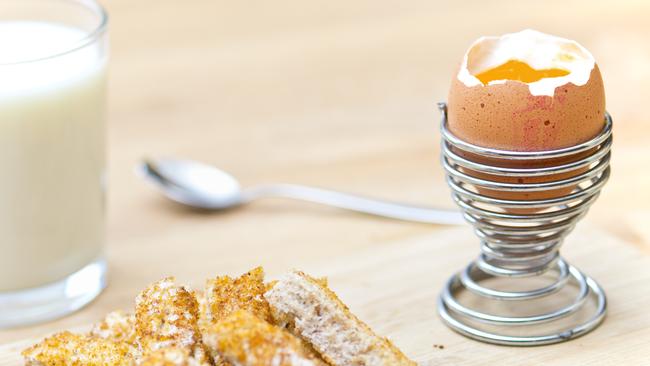
How do you like your eggs in the morning? If the answer is “perfectly cooked with a scientific twist” then researchers believe they have cracked it.
The new technique calls for a boiled egg to be switched between hot and cool water to achieve an optimal balance between a firm white and creamy yolk.
A study suggests the method may also boost the egg’s nutritional value. It is, however, what most amateur cooks would call “a faff”.
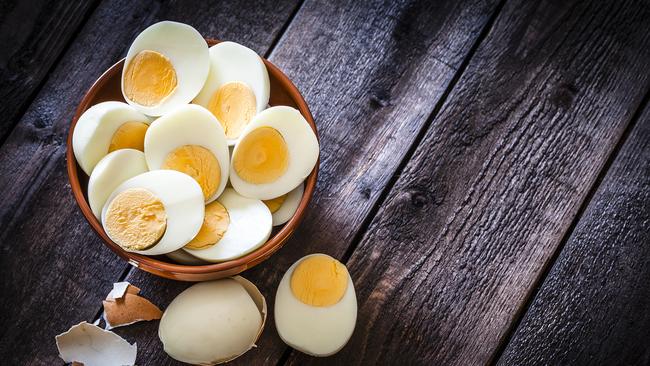
The recipe involves a saucepan of boiling water kept at 100C and a bowl of water kept at 30C. You transfer the egg (which must initially be at room temperature) from one to the other every two minutes, for a total of 32 minutes.
The technique is designed to tackle an inherent problem with eggs: the white cooks at 85C, while the yolk cooks at 65C. So how do you get both to a perfect consistency without separating them?
The researchers believe their “periodically cooked” egg has a superior yolk to the traditional soft-boiled version. Whether it will be to everybody’s taste remains to be seen.
“The real difference here is found in the yolk: an egg yolk in a conventional soft-boiled egg is cooked for a total of six minutes at a temperature that slowly increases from 20C up to 72-80C,” said Emilia Di Lorenzo of the University of Naples Federico II, a co-author of the study.
“This will result in a final texture that is quite runny, almost liquid in the centre, and more compact and consistent in the border. On the other hand, the egg yolk in a periodic egg is cooked for a total of 32 minutes at a constant temperature of 65-67C. This will render a yolk that has the same consistency in all its parts, both centre and border, and is not runny nor liquid.”
Di Lorenzo explained that the extended cooking time produced a “gel-like, creamy texture” in the golden centre. She declined to say whether the labour required justified the final result.
“I am not really the best person to answer this question as I don’t really like eggs,” she said.
“It was a shock when this came out in our research group as we had already been working on the project for some time.”
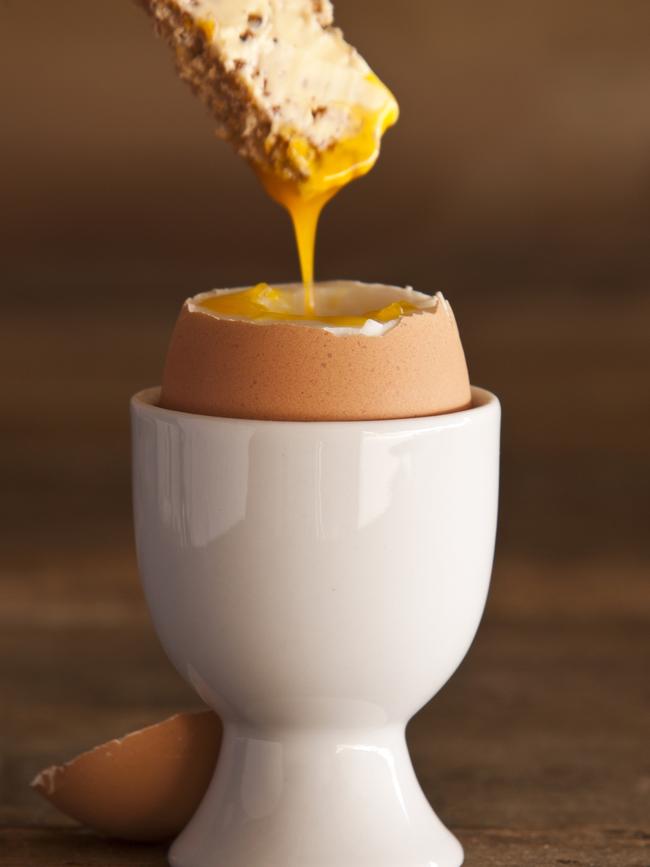
Another member of the team, Ernesto Di Maio, is definitely a fan. “If you try the periodic egg, you will never go back,” he said.
The researchers also tested hard-boiled eggs cooked for 12 minutes (which resulted in a hard, chalky yolk) and eggs cooked using the “sous vide” method – where they are placed in water at 65C for an hour – resulting in a creamy yolk but an undercooked white.
Temperatures in the “periodically cooked” egg white ranged between 35C and 100C during cooking, while the yolk remained at a consistent temperature of 67C.
All of the eggs were tested for “texture and sensory qualities”. Their chemical properties were evaluated using nuclear magnetic resonance and high-resolution mass spectrometry to reveal what compounds were present and how the molecules inside the egg were behaving.
The chemical analysis suggested the periodically cooked egg yolks also contained more polyphenols – micronutrients which have been explored for their health benefits. The study, published in the journal Communications Engineering, is primarily an attempt by the authors to explain their day jobs to other researchers.
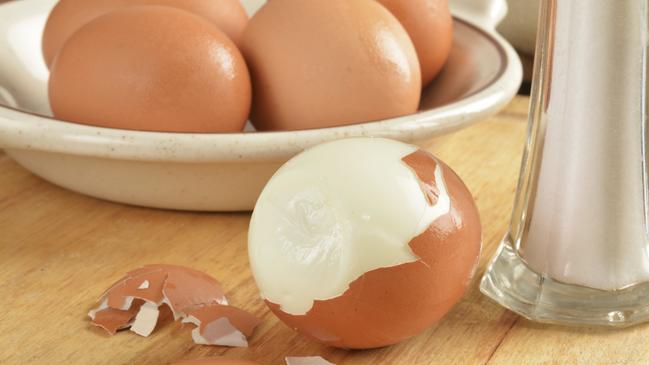
They usually spend their time combining different types of materials, typically polymer foams, for industry. Understanding what happens at the boundary of two types of foam is important in manufacturing and can be predicted using software that models the flow of fluids.
They applied similar equations to the boundary conditions you see in an egg, between the shell and the white, and the white and the yolk. Their computational software guided them to their periodically cooked egg.
Di Lorenzo does not expect the public to switch en masse to the method. “Our lives nowadays are always very busy, and I do see how difficult it would be for the average person to introduce periodic cooking to cook dinner after work,” she said.
“However, we do hope that this approach will tingle people’s curiosity. Perhaps they could try it for a special dinner, an occasion or a fun experiment. And who knows, maybe one day someone will come up with a little robot that does all the work for us.”
---------------------------------------
AFTER A TEST OF PATIENCE, HOW DID MY LUNCH TASTE?
Tom Whipple
IT’S lucky I wasn’t hungry. At least when I started. The first time I transfer my lunch out of a pan of boiling water and into a pan of tepid water, I think about how, generally, this would be a lunch made in 10 minutes, while the “chef” gets to sit down.
The second time I transfer it, the other way, I wonder if it is working. Reading the scientific paper in two-minute chunks, I realise I need to achieve the correct thermal gradient and “time-varying boundary conditions” to ensure the egg is “softer, wetter and more soluble during tasting”. Am I a good enough cook?
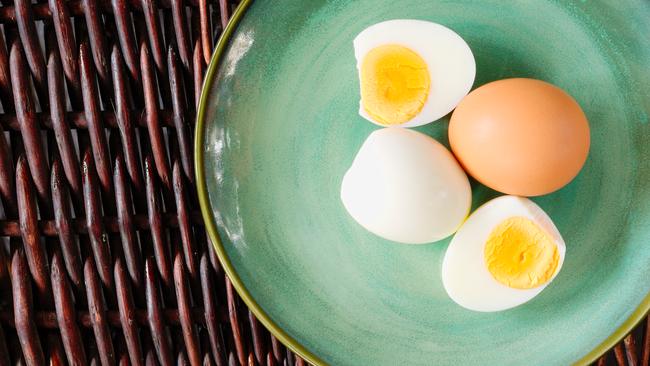
The third time I transfer it back to the tepid pan, I realise the pan is not tepid enough. In a laboratory it’s relatively easy to keep a pan at exactly 30C. Less so in my kitchen. The boiling water is – give or take the effects of 50 metres of altitude – at the requisite 100C. The tepid water oscillates and requires constant attention, especially when introducing hot eggs.
By the 7th transfer, it strikes me that the scientists have achieved something quite special. Boiling an egg correctly has not, traditionally, been seen as a hard egg to crack. It is in fact canonically the simplest cooking task there is. So, I think as I tentatively lift a still uncooked egg out of boiling water, it is at the very least a contribution to humanity to find a way to complicate it to this extent.
By the 12th transfer, I ponder whether I will soon have used up an egg’s worth of calories very carefully moving an egg back and forth. And by the 16th, and final, transfer, I am just keen to get eating.
I peel the egg, cut the egg, and bite. And how was it? Good. It was, I think I can say, as good as it is possible for a boiled egg to be. The texture was, as promised, “gel-like” and “creamy”. I’m prepared to believe it had the requisite balance of softness, wetness and solubility. While I don’t keep a league table, I think it’s wholly conceivable, in fact, it was the best boiled egg I’ve ever had. By which, I mean, it was absolutely fine.
(Tom Whipple is science editor at The Times)
THE TIMES



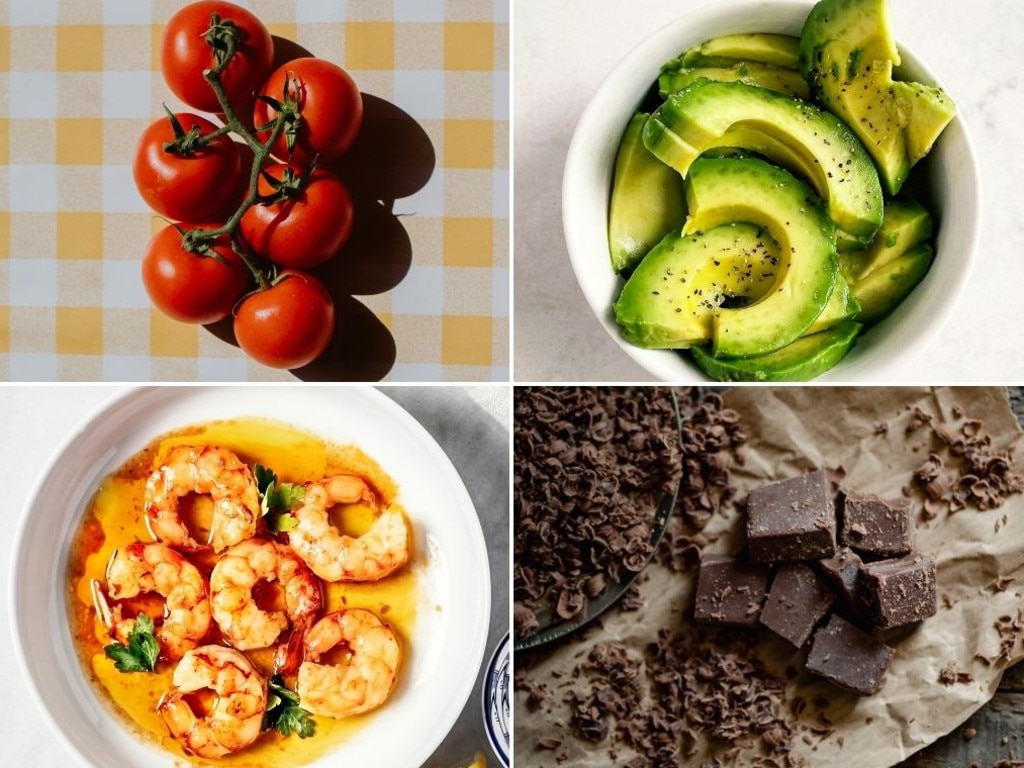


To join the conversation, please log in. Don't have an account? Register
Join the conversation, you are commenting as Logout